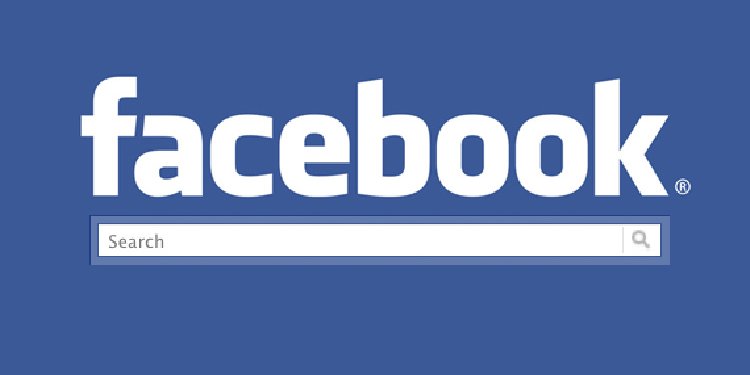
Workplace productivity is one of the defining qualities of a winning business. Can you look over your day and say that your team did a great job? Or are more of your days bleak, dreary affairs where it can occasionally feel like nothing was done? It’s easy to get stuck in those mires, but it’s important you pull out of them. You need to identify and address the problems holding back the workplace productivity.
Productivity is, of course, in part influenced by how the team is feeling. If they’re not motivated and engaged, then they’re less likely to believe in their work and thus put everything they can into it. You need to tackle the motivation problem in the office. We’ll cover communication in more detail later. Other ways to focus on it are providing opportunities for growth. Rewarding good work. Being flexible with how you allow them to tackle tasks and giving them some responsibility. Make them feel like they own their role, not that they’re just labourers.
Distraction
The death of motivation is distraction. They’re part of the same coin. If someone is motivated, they’re less likely to be distracted. Still, that doesn’t mean you should ignore the sources of said distraction. For example, the internet. It’s a powerful tool for work and distraction. No-one should be using social media during work hours besides your marketing team. So go about blocking it and other distracting sites from your network (besides during lunch hours). Similarly, it’s important you address the issue. Make it clear that it’s not acceptable. Same for any other kinds of toxic behaviour that can lower morale in the office or directly provide distraction.
Workflow
Your employees could be the most focused team you’ve ever laid eyes on. If your workflow organisation isn’t efficient, your productivity will still take a hit. Take a bird’s eye view of how work progresses through the office. Are there any physical or software changes you could make so work changes hands quicker from one employee to the other? Or are there certain tasks that could be done a lot quicker if you took the time to systemise them? Remember, poor productivity isn’t always, or even often, the employee’s fault. Look for the systematic causes before you go pointing the finger.
Interruption
Work interruption is going to be a big part of what loses you productivity and money. For medium and bigger companies, it can lose you seven work hours a day. That’s far from negligible. So look at the technical sources of work interruption. For example, Cloud services or IT systems that you can use to access important files when one computer goes down. A diversity of internet connection options as an alternative for your main line. Backup is the key. Have a backup for the technical failures that can cost you a lot of time.
Security
One of the biggest risks of work interruption is the technical safety of your workplace. If there’s a security risk, it can shut down the working day until it’s sorted. That’s why you should be proactive in identifying and dealing with those risk factors. IT security is important for keeping hold of all your sensitive data from being accessed by outside sources. Without having to worry about it, it gives you more time to focus on actually getting the work done that makes you a profit.
Lack of skills
Similarly, there are tasks that your team will come up against that they don’t necessarily have all the skills to tackle. Setting them to work and learn how to take on certain tasks can end in disaster. Not only are you using time that could be better spent elsewhere, you are also much more likely to end up with amateur results. For example, if none of your team has experience with social media, they shouldn’t be running your day-to-day marketing. Instead, consider when you need to rely on outsourced services to fill the skill gap in your business.
Absence
That said, training your employees in new skills does have its uses. Not just because it’s good for providing them with motivation. It can also help you ensure you have a backup for when an employee is absent. It’s never a good idea to put too many eggs in one basket, to rely on one employee with the skills to handle a certain portion of the job. Cross-training helps you create that backup. On the other hand, you should also have the contact details for temp agencies that can work just as well if not a little more expensively.
Admin
Administration is an important part of the job for both you and those who work under you. It can also be exhaustively time-consuming. Do you feel like so much of your team’s working day is spent doing the work of running the business instead of actually doing business? Then you should consider giving them the tools to get a lot more admin done in a lot less time. Freeing them up to tackle the tasks that will really get the business growing. To that end, you should look at software that can make it easier to manage or even automate some of those administrative duties.
Poor communication
One of the biggest barriers to productivity (as well as motivation) is poor communication. It leads to mistakes and employees who aren’t putting their efforts in the best place. Sometimes, you need to step in and help them better understand the objectives of the business as it stands. Brief them on what they need to do. Use key performance indicators to help them understand the role they play in the bigger picture. For collaborative projects, consider even using project management software. That way everyone can see the whole as well as the part they play.
There are a lot of different elements that affect productivity in the office. Don’t rush to blame the staff. That’s not a solution; that’s passing the buck. Make the office as productive a place to be before looking to individuals.










![Watch Video Now on xiaohongshu.com [以色列Elevatione perfectio X美容仪 perfectio X 全新仪器黑科技了解下]](https://www.techburgeon.com/wp-content/uploads/2019/07/perfectiox-singapore-150x150.jpg)
